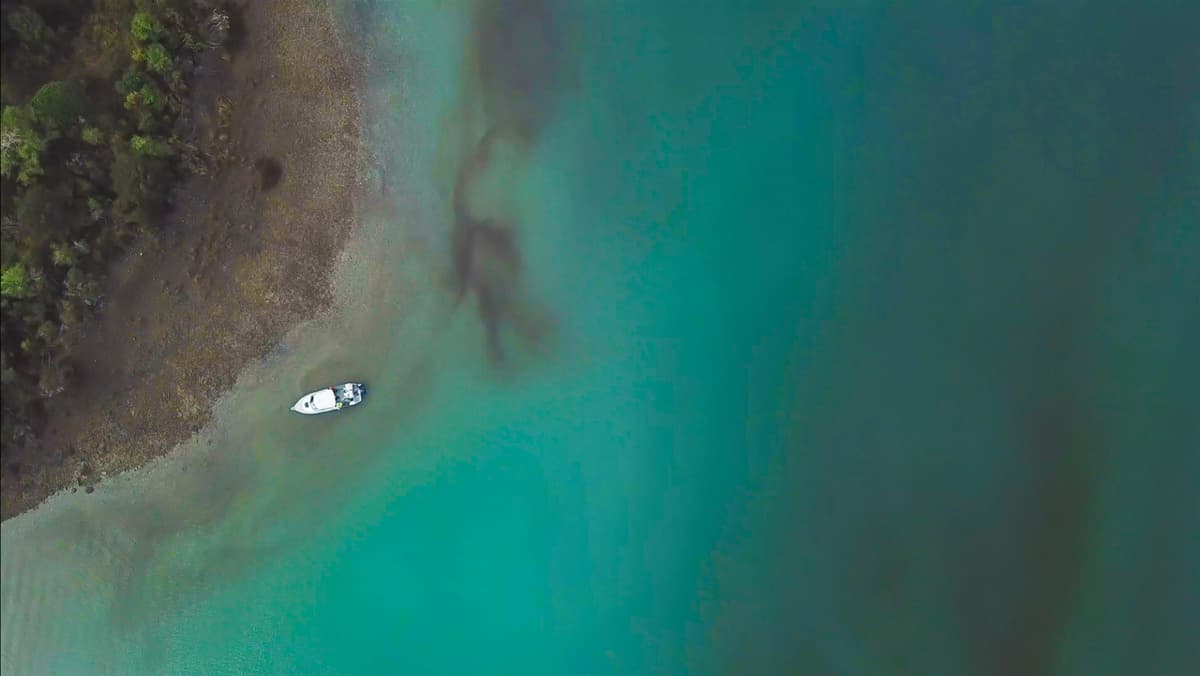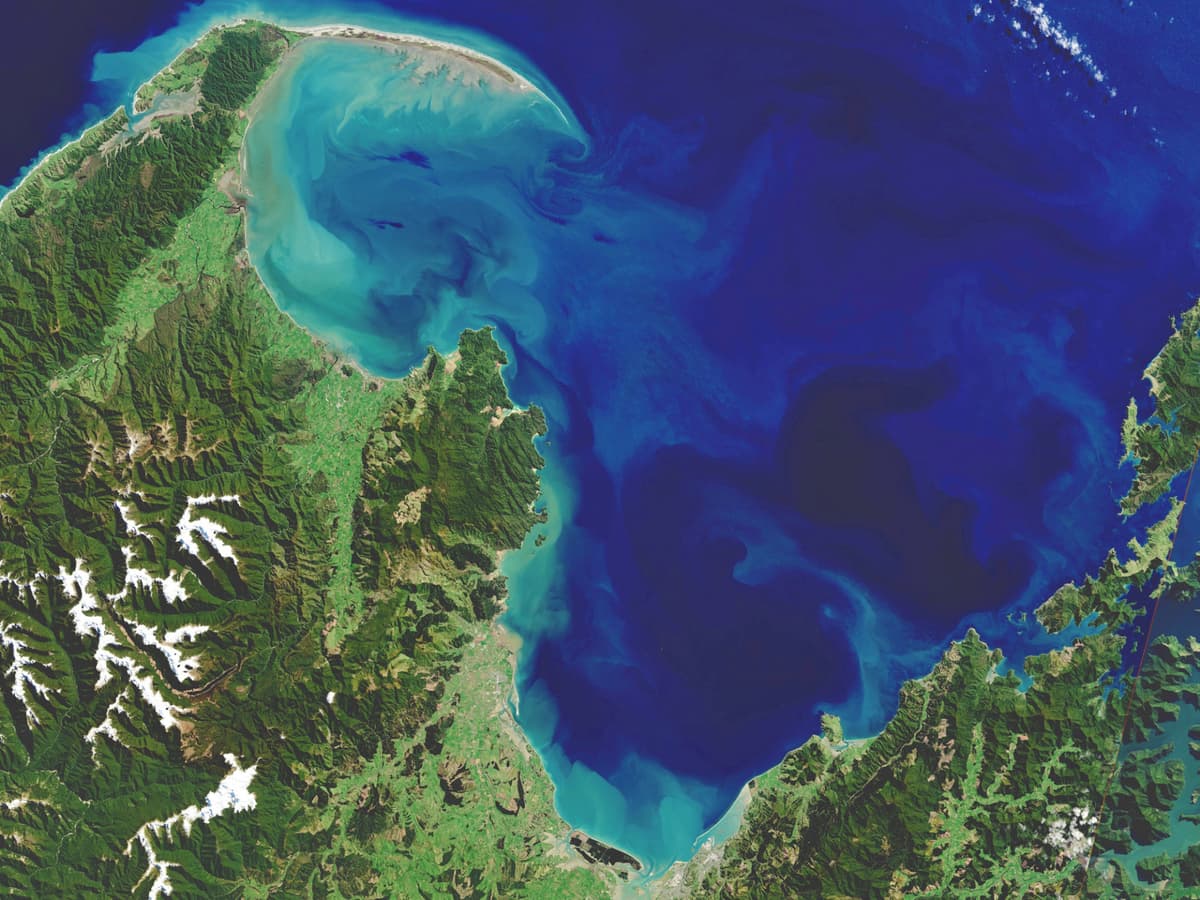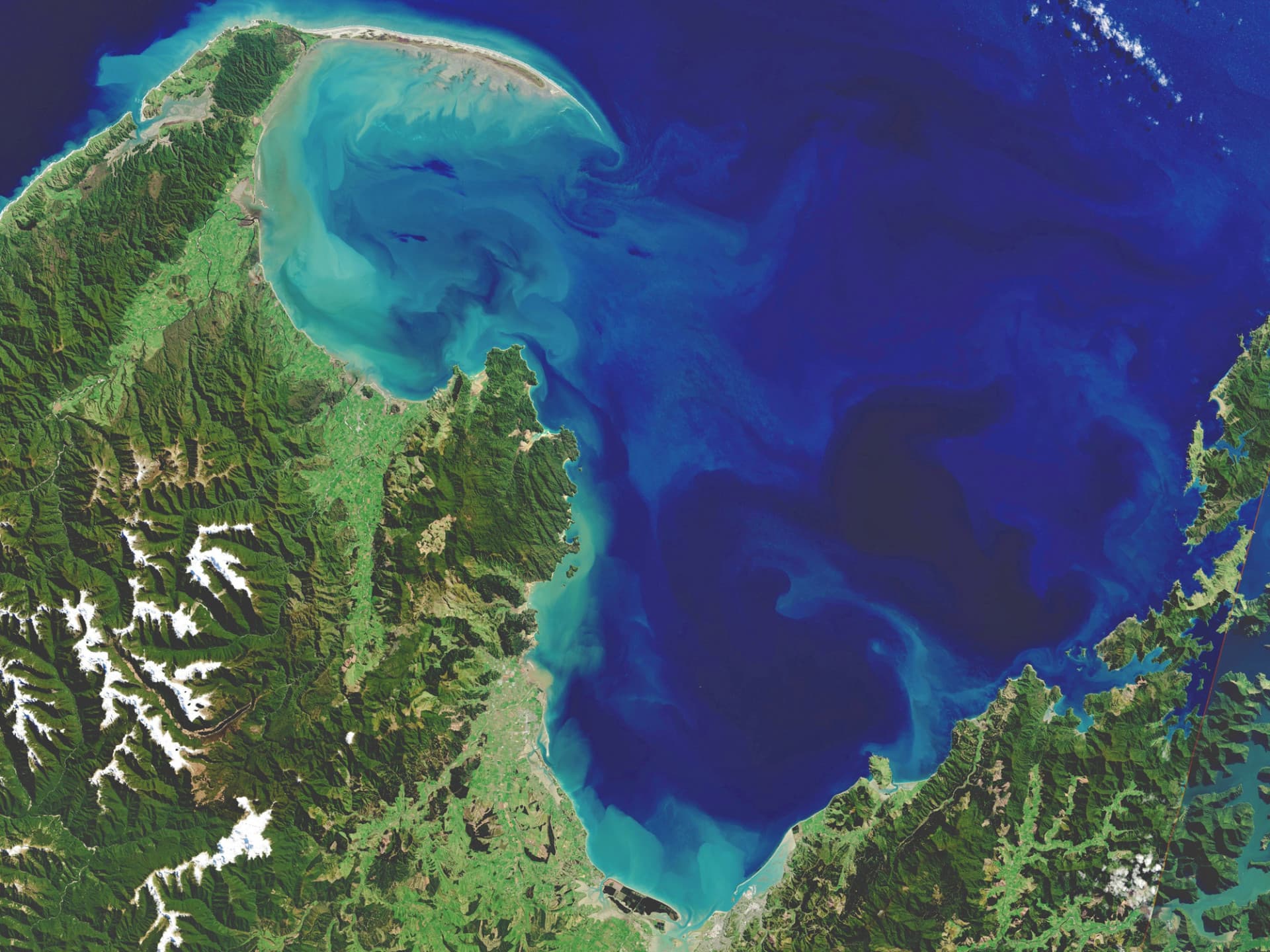Related projects & activities



Posted on Tuesday 17 September 2019
New Zealand coasts are at the ‘end of the pipe’ for discharge from local rivers and streams, so seawater quality is sometimes compromised by bacteria from land-based activities. This can affect the revenue of shellfish growing areas and close local beaches to public use.
Lincoln Mackenzie (Cawthron Institute) discussed two innovative simple, cost-effective and sensitive tests for early detection of harmful algal blooms (HABs). These tests can be used by public health agencies, the aquaculture industry and communities.

